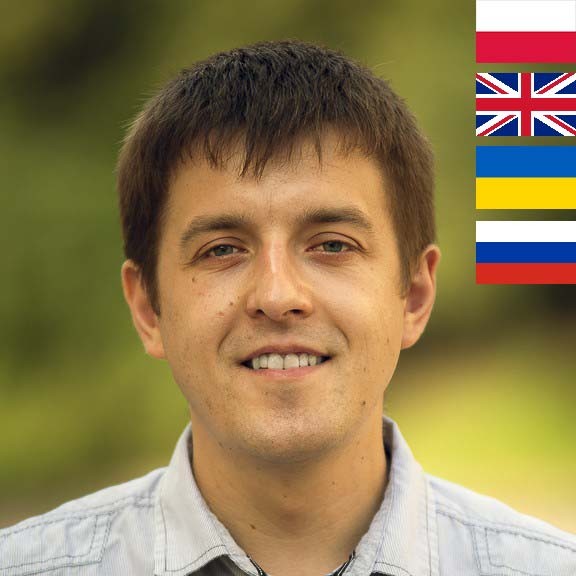Volodymyr Dyshlevuk

I am a history and psychology graduate. On a daily basis, I cooperate with the “Grodzka Gate — NN Theater” Center and the ROOTKA travel agency. As a guide in Lublin, I would like to encourage tourists to discover the city with me. For my walks I invite organized groups and individuals of all ages. I also run workshops: “How to show tours” and “Interpretation of heritage in the work of a guide”. In my spare time, I’m a translator of poetry, plays, essays and diaries of Holocaust survivors. I approach each tour individually, taking into account the interests of individual tourists and groups.